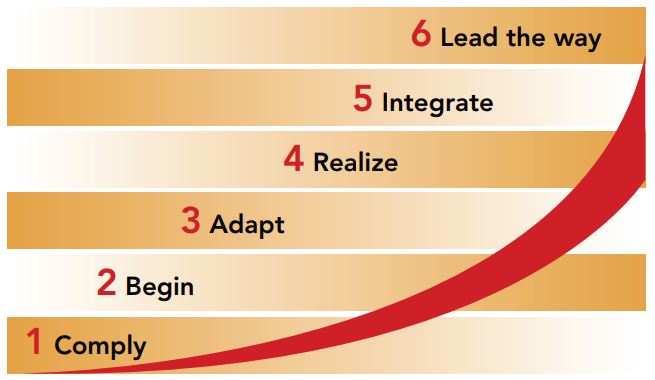
Change agents spend their time managing large projects in as little time as possible. Management often expects change agents to get the process done without intrusion or without relying too heavily on employees. Unfortunately, that prevents the agent from doing good work and it prevents the business from having a successful change process.
So, to make the most out of your change agent, here are 5 steps that will clear up some misconceptions and get you the results you need.
- Make time for meetings
As a change agent, I know how busy managers and executives can be. Therefore, to maximize our time, I recommend that we have scheduled times to meet. For the executives, this meeting can be once every two months so that no one is left out of the loop. For middle managers, I recommend a more frequent meeting time of once a week or bi-weekly. By having these meetings, we can ensure that what I am doing as the change agent is transparent, and you can demonstrate to your employees that you are committed to the change.
- Be willing to discuss the change with your employees
My job requires me to get buy-in from employees, but I cannot do that if the employees do not know what is being asked of them. When a change is decided upon, it should be communicated to the employees as soon as possible so that when I join the organization to manage the process, they are not surprised and suspicious of what I am doing. Employees can sense that change is happening, and without the correct information, a simple change can turn into something ambiguous and scary. Be upfront about the change so that I can get the project off the ground without facing excessive amounts of resistance.
- Do not assume resistance
Going into the change with a negative outlook means that the change agent must spend more time coaxing employees to trust the change. When you treat your workers as though they are problematic and resistant to change, they will begin to display these behaviours. Employees are not inherently resistant, so approach them in a positive way, so that I can focus on getting the project off the ground with their involvement.
- Provide an employee to work with the change agent
I will need an employee that will be directly involved in the change to help me to navigate the organization. The employee chosen should be well-liked and if possible, should be appointed by the employees as well as the managers. This person should also know as much as possible about the workplace and should be able to answer questions and direct me to resources so that I can be as productive as possible. If the wrong person is chosen (e.g., because of internal politics) this can prevent the employees from trusting me.
- Always remember the outcomes that you want to achieve
During a project, it is easy to lose sight of the original goal. I am here to help you to stay on track to achieve the outcomes that you decided on for the organization. If you have new ideas about the change process or how things should go, feel free to come to me. However, you may find that the new idea conflicts with the original goal. This means that we may have to rethink what is best for the organization. However, even if we must change our goals, we can still get the change done in the best way possible for your organization.
I hope these steps can help you during your next change.






